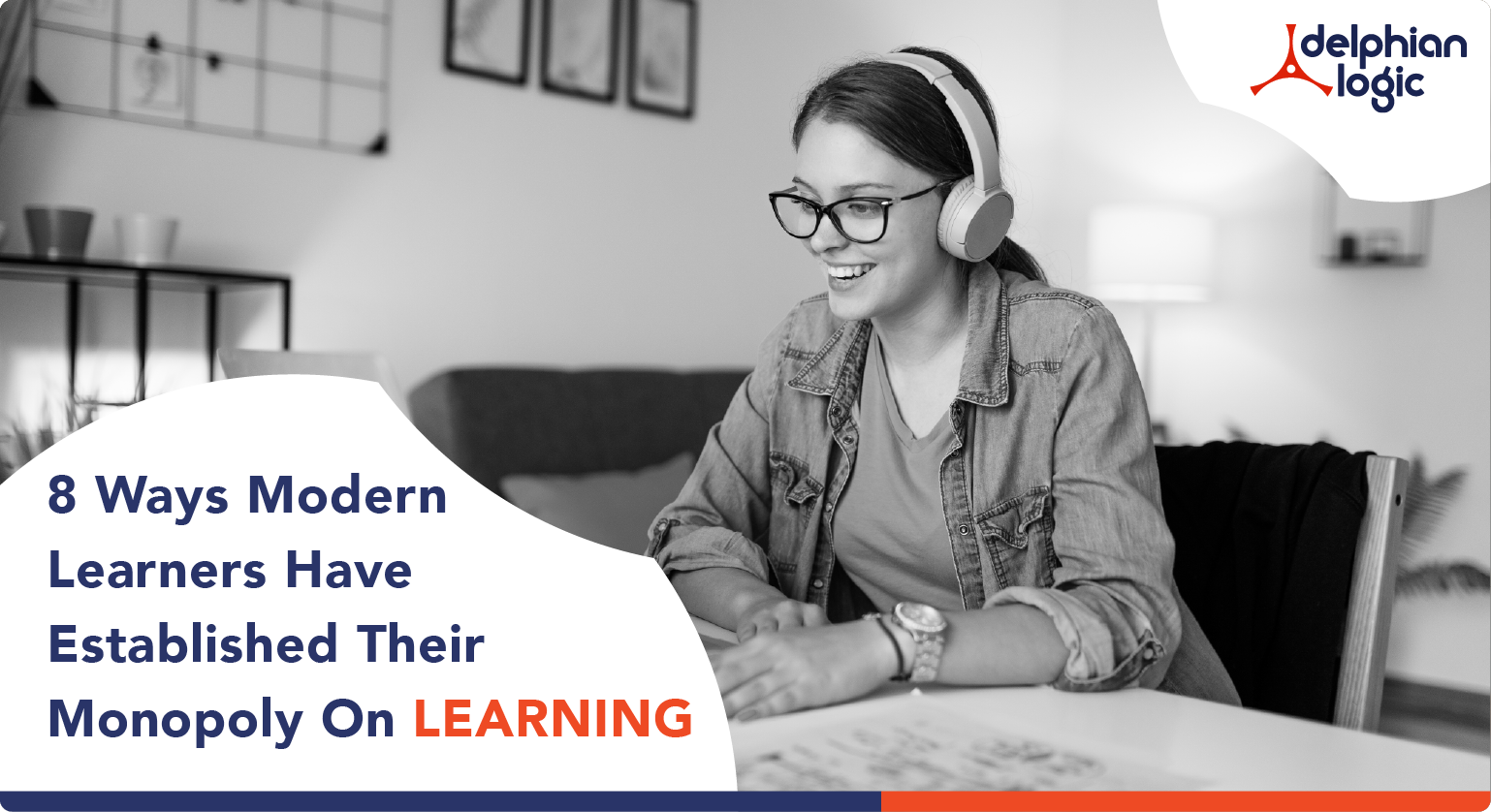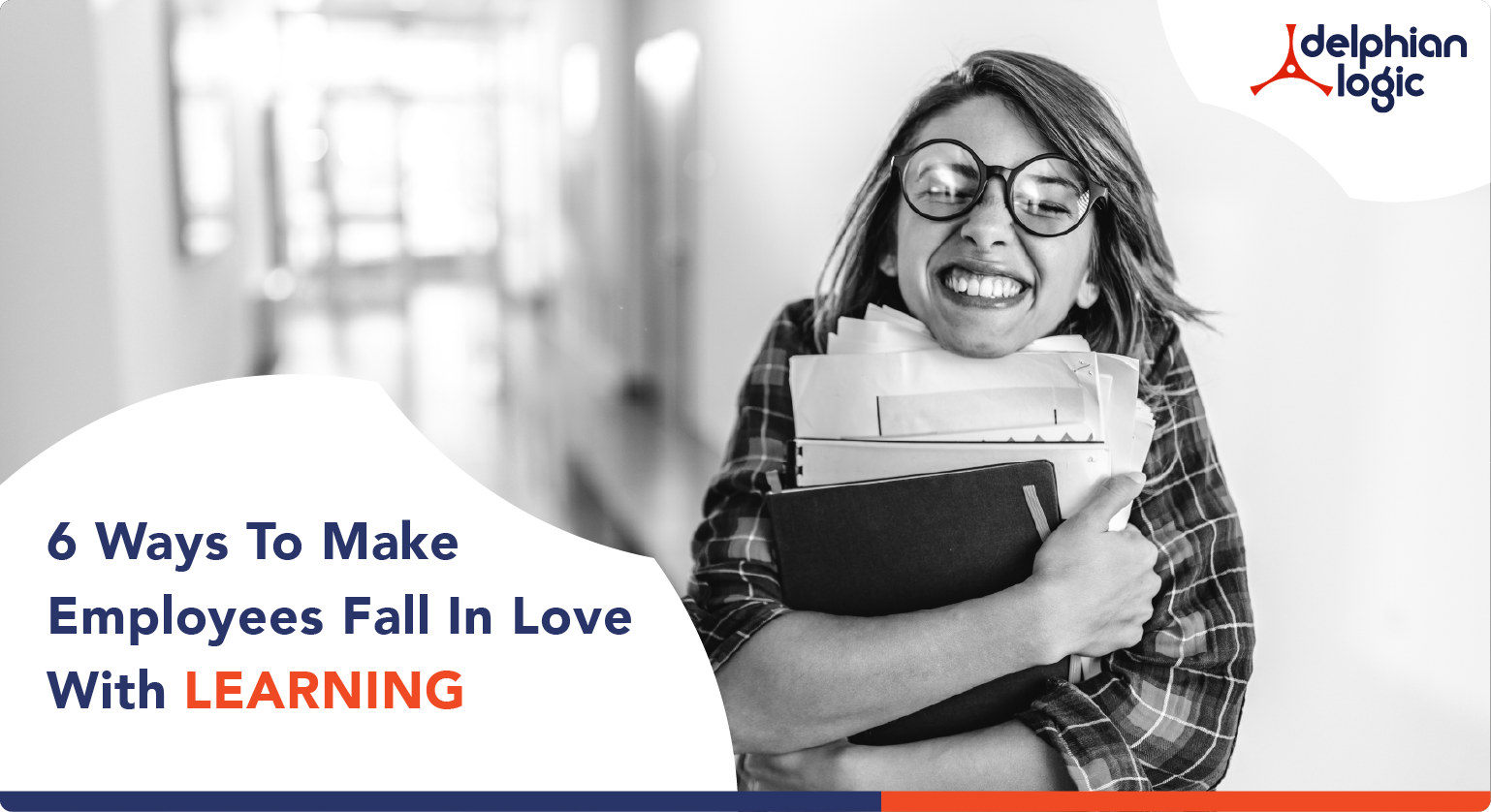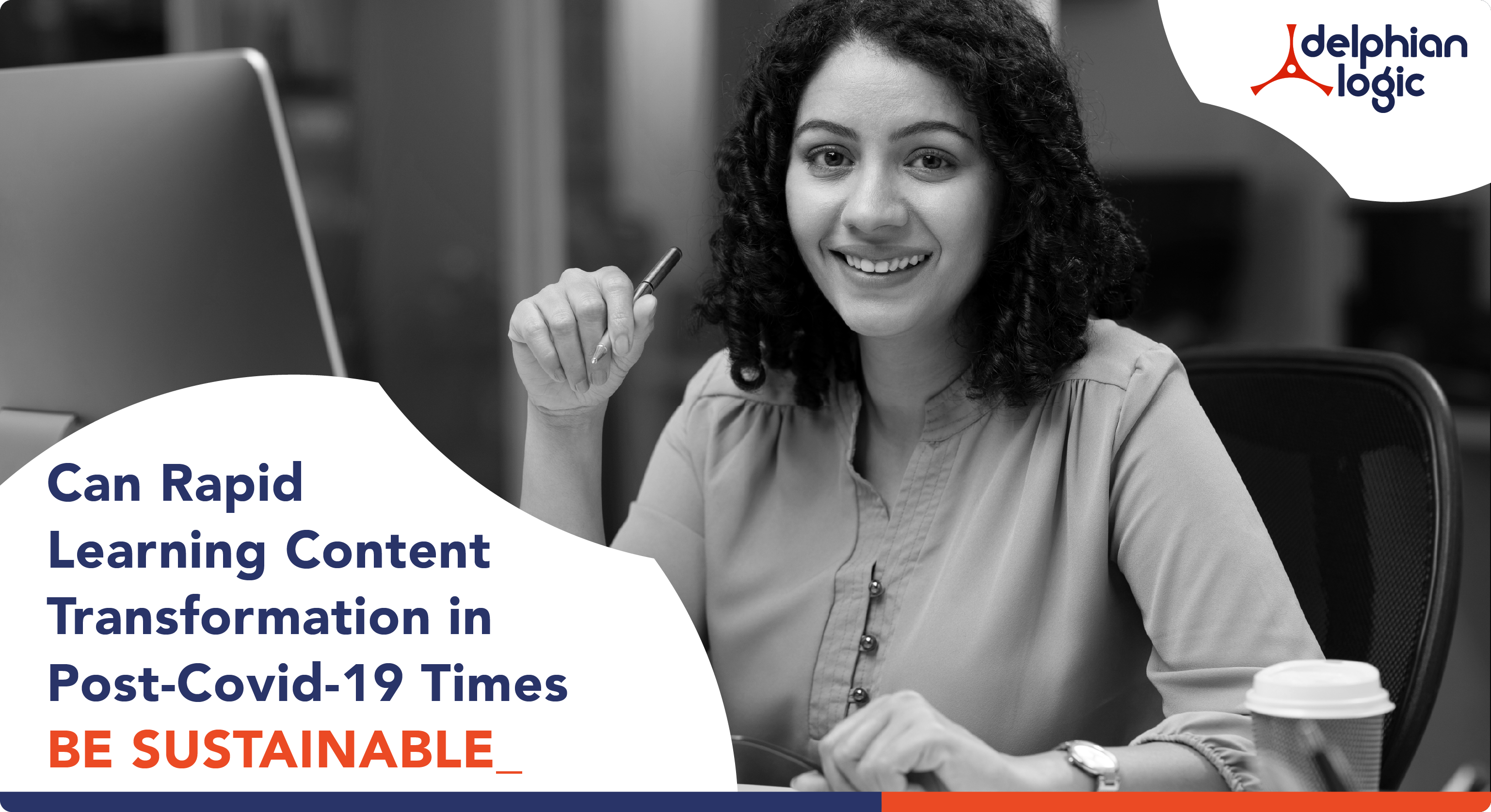November 6, 2019
Why Developing an Effective Learning Strategy Matters to a Business

Organizations are constantly evolving to stay relevant, innovative, and competitive. To ensure that employees are capable of supporting the company’s changing strategic objectives, organizations need to make sure that they are aware of their expected competencies to help achieve exceptional business performance. So how can organizations get this right?
A robust and effective learning content strategy presents a golden opportunity for the employees to learn and develop the necessary skill set, to apply it on the job, and hence enhance their performance. However, the learning content strategy needs to connect uniquely with the specific audience group, should be easily deployed, maintained and updated.
More importantly, it should be able to demonstrate Return on Investment (ROI) to the business. Most large organizations can find the exercise of identifying the right learning content strategy difficult to execute as it needs to function like a continuous operation, where the learning teams and businesses need to work together to evolve the process. This process can work in a lifecycle approach, with every cycle feeding into the next with a goal towards continuous improvement.
Here are six key considerations for building a successful and rounded learning and development strategy:
Alignment with Specific Business Needs:
Organizations may have existing training initiatives that are consumed by the learners to build their capabilities. However, if businesses were to adapt a continuous improvement approach and at the same time keep up with the evolving objectives and goals, they need to take into account the current scope of the existing learning initiatives, find gaps with respect to the present and the potential future requirements, and address them in an effective way.
While some gaps might be easy to solve but may not be important for the business, some might be extremely critical for the business, whereas some might end up with technological challenges. Therefore, in order to formulate a robust and effective learning strategy, organizations can focus their resources and energies in identifying ways in which learning interventions can be better aligned towards delivering value to the business.
Address Specific Capability Gaps of the Workforce:
With constant changes to the nature of work and technology, the ways learners perceive and benefit from learning is in a state of flux. Lower attention spans and constant distractions add to all other challenges. While formulating learning content strategies, it is beneficial to analyze the needs of learners, the nature of work and ‘day in work life’, and consider ways to engage them with the workflow.
Keeping learning content aligned to the real needs to learners, especially in a personalized way can be a starting point. However, it can be difficult to achieve even this given the constantly changing work and learning environments.
Cater to Unique Individual Needs:
Classroom training when done right can be more effective than digital experiences. On the other hand, digital technologies are more effective when it comes to personalization of content— translations, adaptive learning learner driven paths. Blended learning designs today are the most preferred training mediums, especially for business critical employee learning situations.
A successful learning strategy takes into account unique individual needs, understands proficiency progression, and provides seamless learning experience. As a result, organizations are investing in designing learning journeys which presents an opportunity for continuous learning that takes place over a period of time.
Including newer formats of learning such as digital learning, social learning, pre- and post- classroom sessions on-the-job mentoring, and workshops can help employees learn and develop the expected new capabilities in the most effective and efficient way and support the transfer of learning to the job. Engaged employees are testimonies to a successful learning strategy.
Align to Corporate Learning Infrastructure:
Modern day enterprise technologies can cater to a variety of use cases. It presents a tremendous opportunity to reach out to every end of the corporate user base.
However, it is not enough to just reach the users. It is important to consider technology in light of learning designs, and solving business problems with learning content solutions.Thus, organizations need to define enabling tools and technologies such as Learning Management System, authoring tools, mobile devices, portals, AR/VR to support the implementation, delivery, and adoption of the learning strategy.
It is important to identify the types of enabling tools and technologies and how they will be integrated into the overall learning strategy.
Measurement of Impact on Business Performance:
Measuring the ROI of the execution and impact of the learning strategy has never been more important. Approving on the ROI measures at the very onset can ensure systematic tracking and evaluating of the impact of the learning strategy on the growth of the individual and the organization.
However, this is easier said than done. Organizations can measure impact through two lenses—achieving business goals and learning excellence.
The first indicator throws light on how close the learning strategy is aligned to the business goals and the strategic objectives. The second indicator presents insights on the effect a learning strategy has on an employee’s contribution to business performance.
Aligning ROI and evaluation to business performance needs to evolve over time. A combination of the two can be evolved over time. Helping businesses with deeper insights into learner performance, and connecting them to business results can prove to be beneficial.
Considerations of Future Requirements:
Given the ever-changing and ever-evolving landscape of technology and business strategies, formulating a flexible learning content can be beneficial to an organization. Integrating a sustainable and flexible learning content design strategy can feed into the technology roadmap.
A flexible learning strategy can basically bridge the gap between future technology investments and how it can address present-day challenges solved by learning content.


